16_09_2015 : 08_11_2015
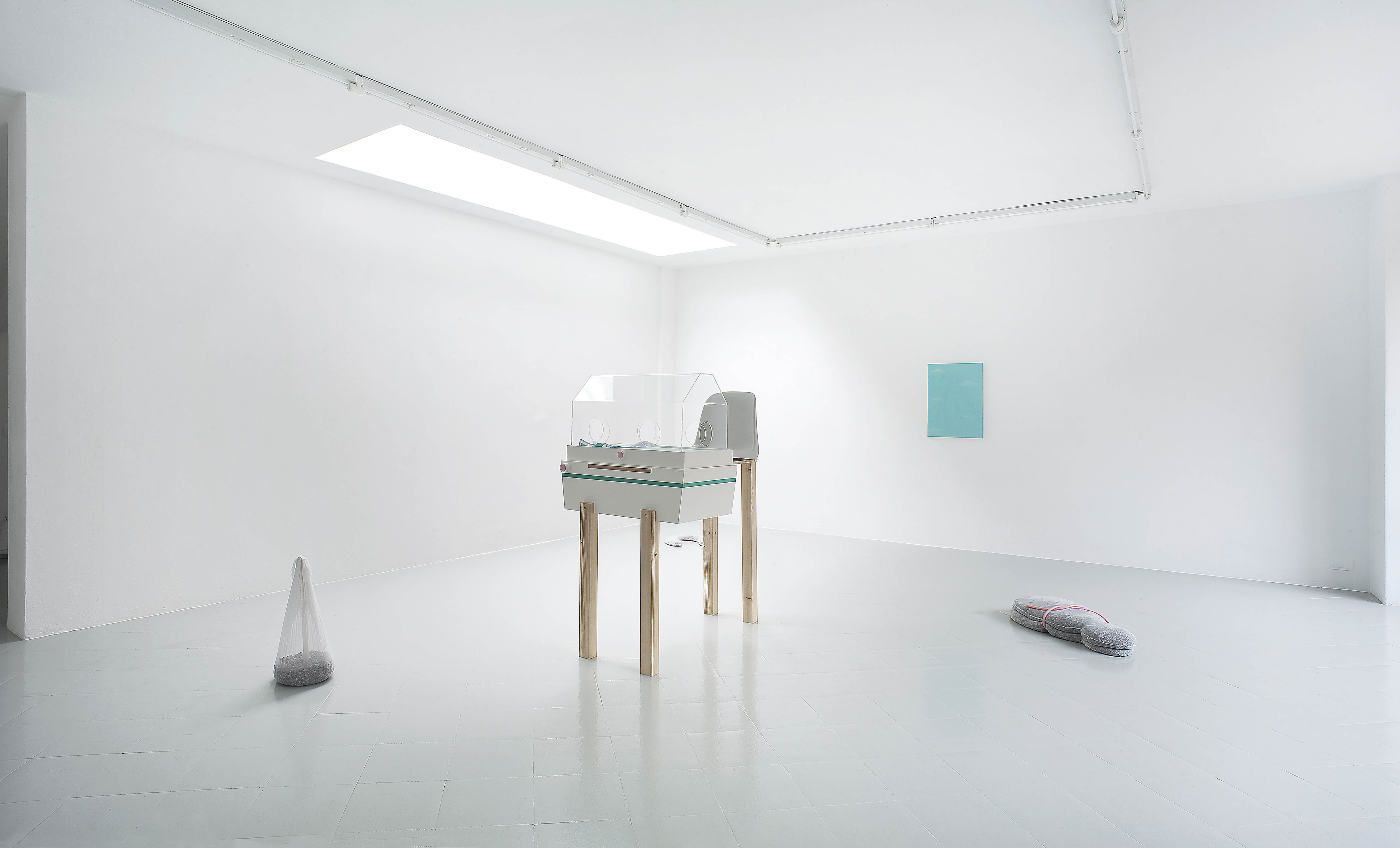
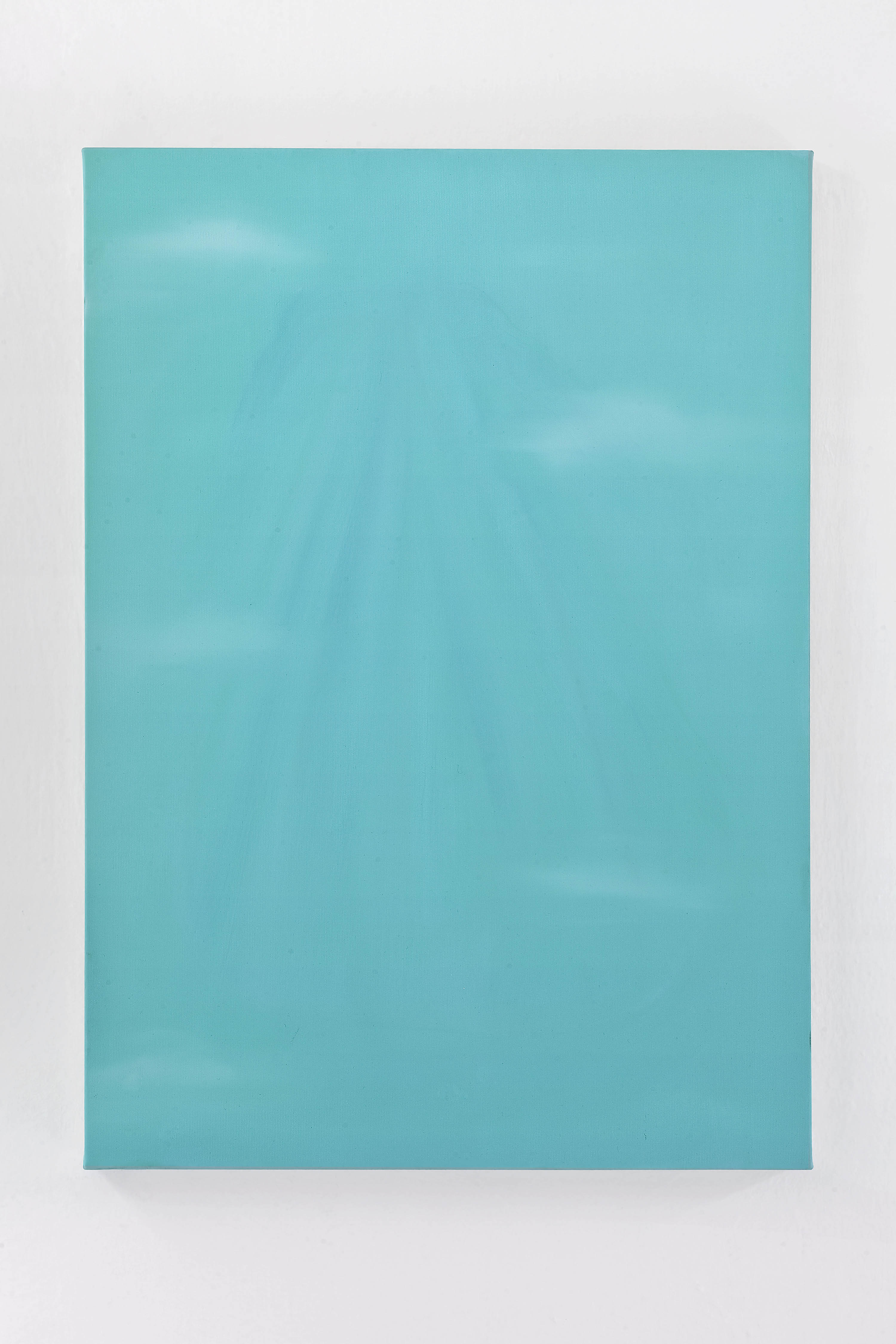
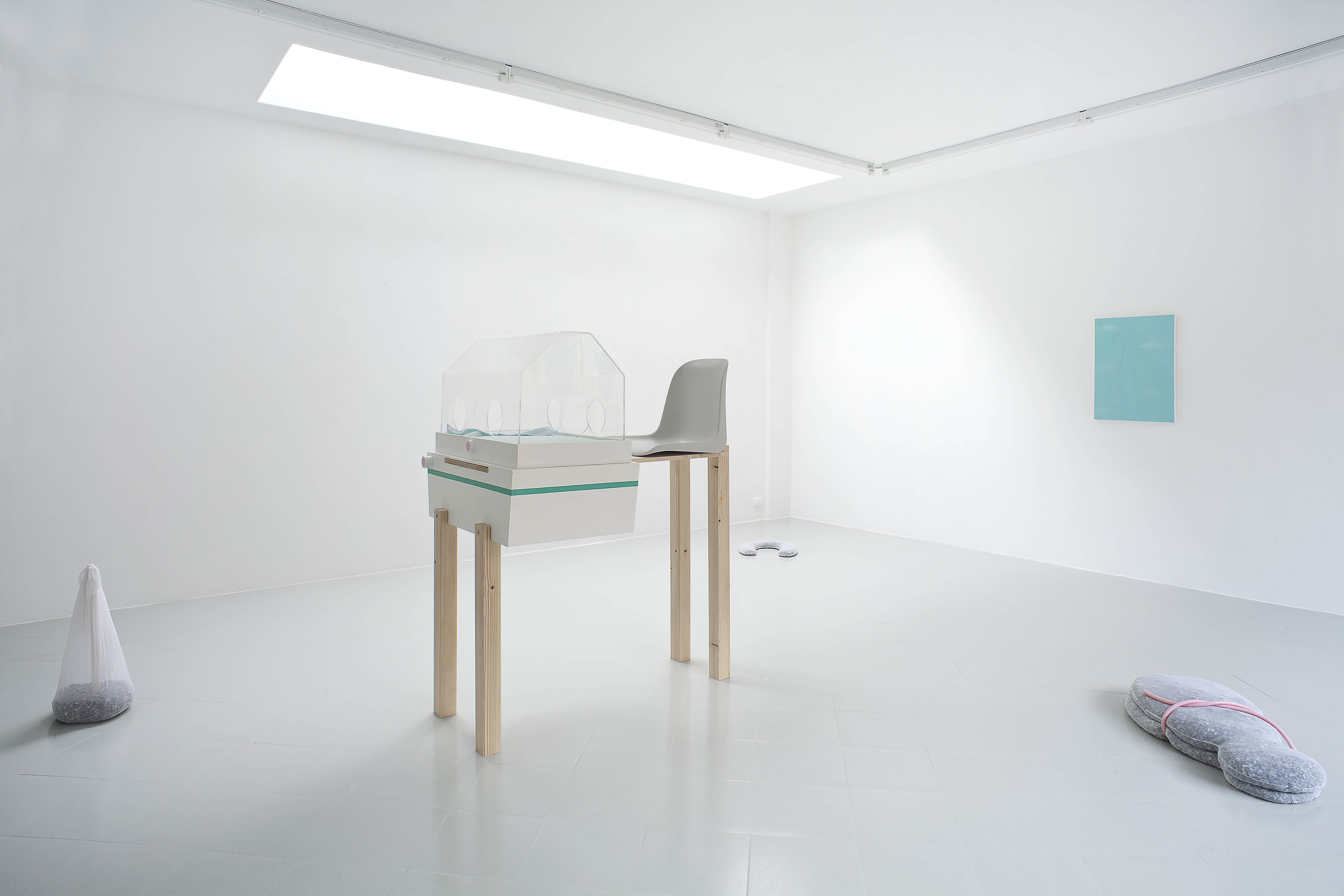

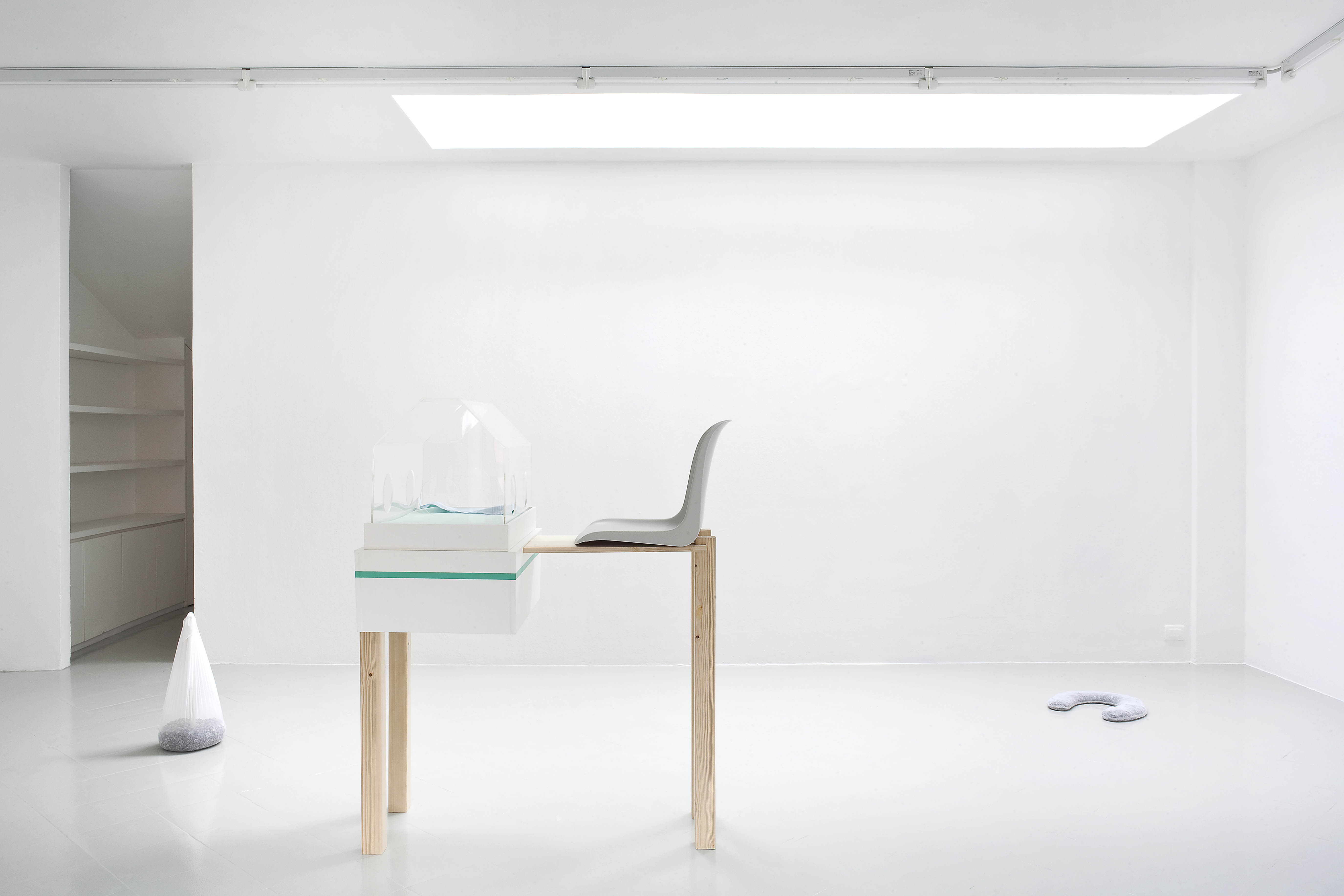




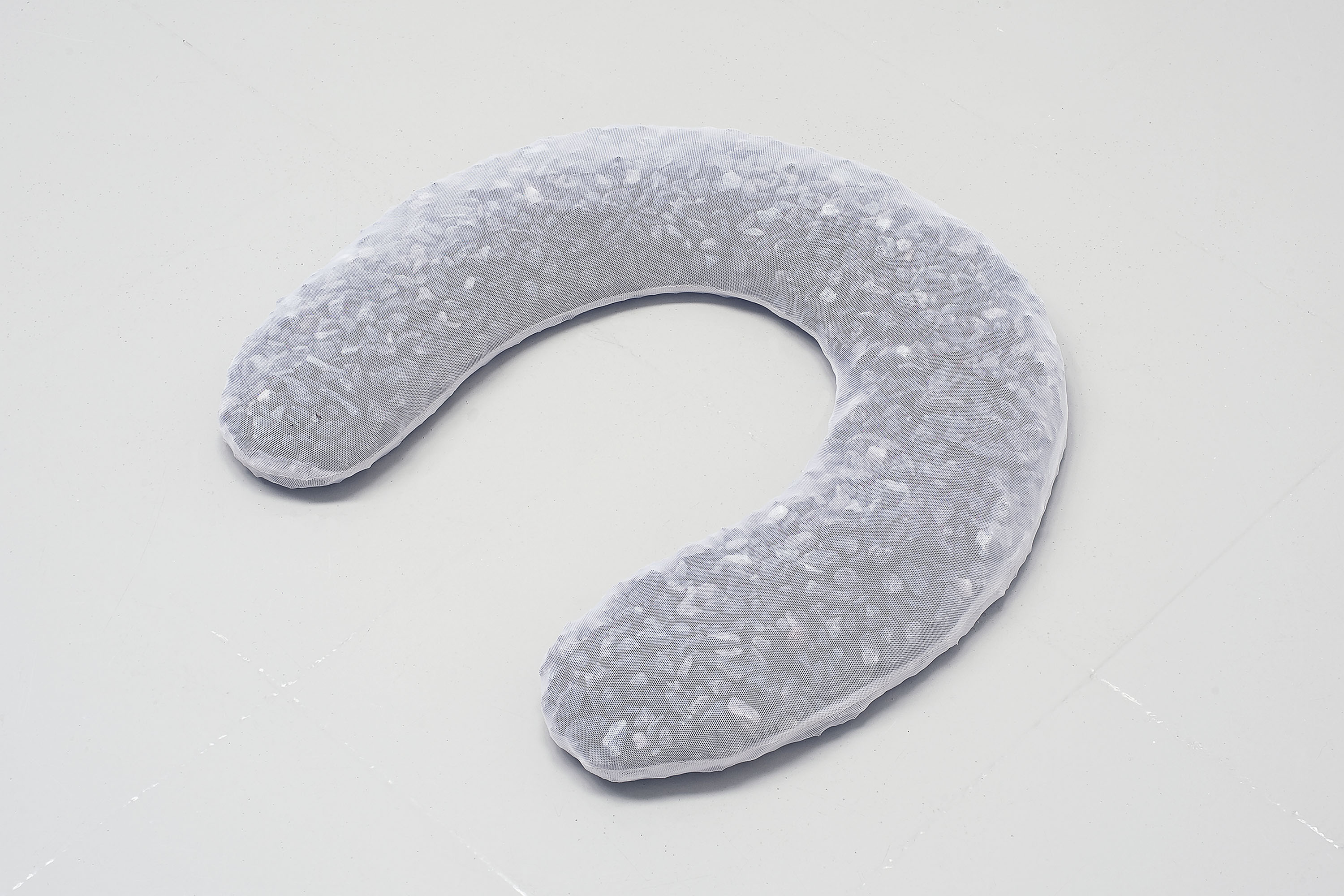

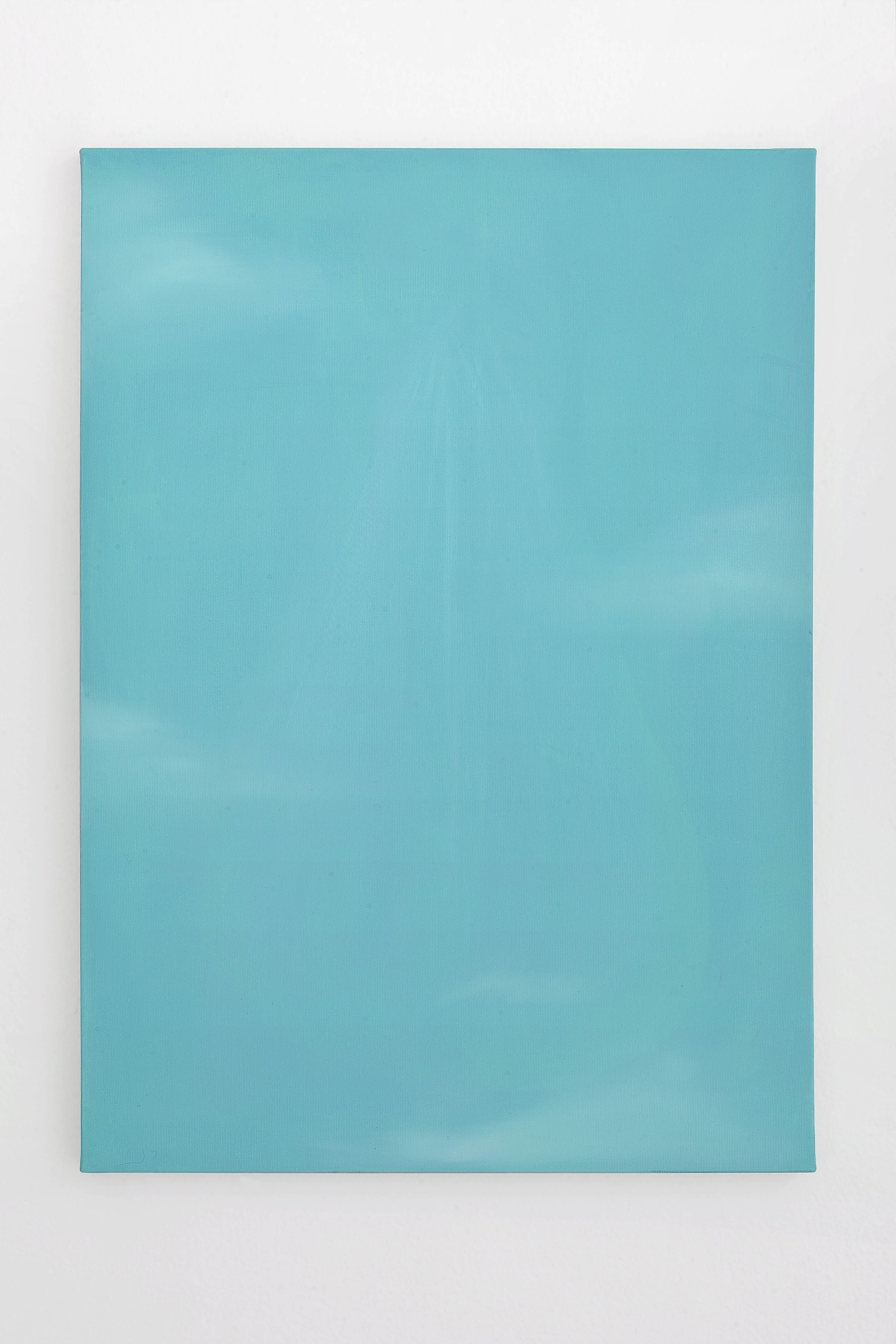
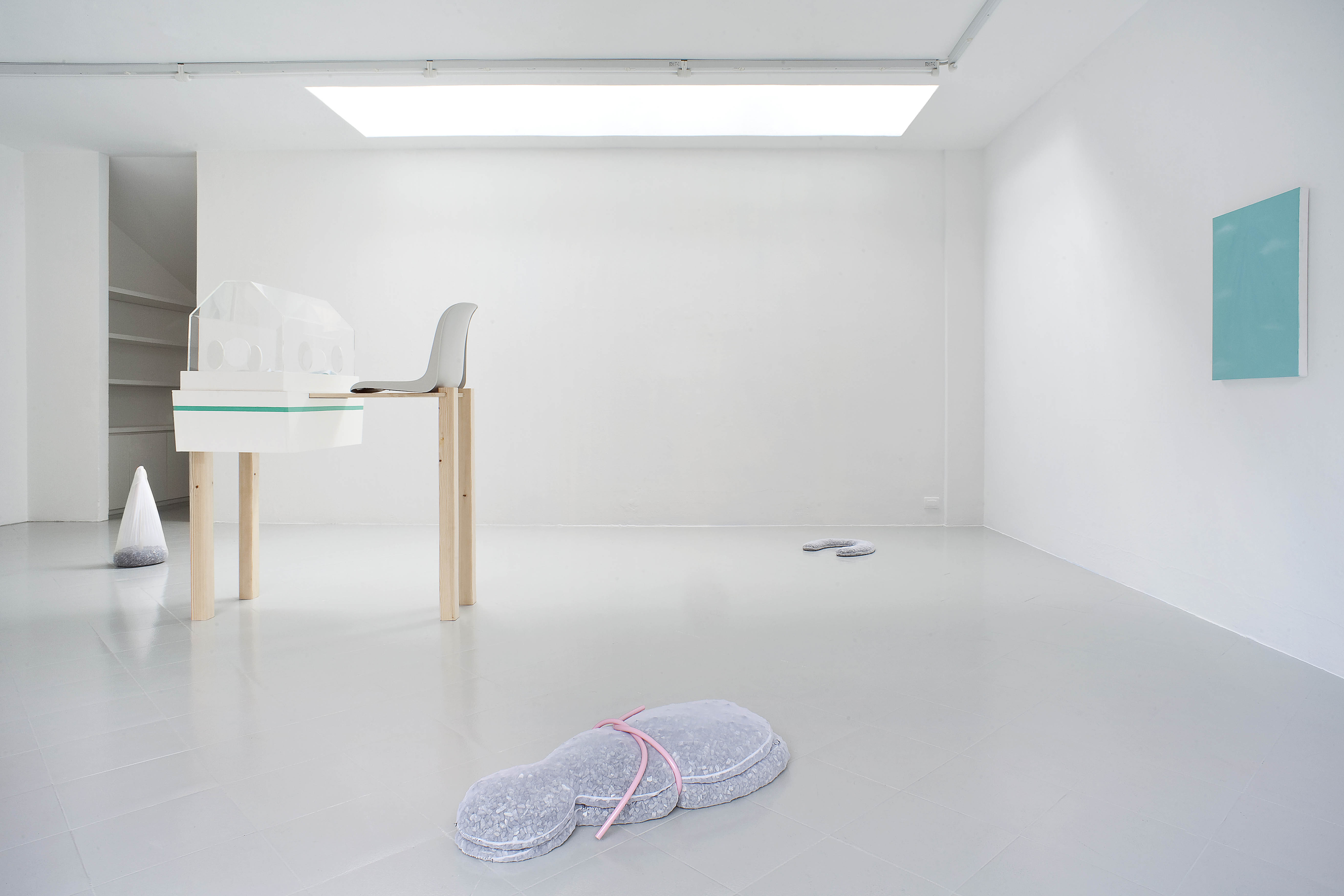

photo: Filippo Armellin
"Una persona vivrà
E vivere è la cosa più rara nel mondo
La maggior parte delle persone esiste, questo è tutto"
Per la sua prima personale l’artista Guendalina Cerruti (Milano, 1992) presenta un’installazione di sei opere, quattro corpi scultorei e due dipinti, con la quale indaga la delicata fase transizionale che accompagna madre e figlio nel percorso simbiotico tra la gestazione e il primo distacco - uno studio sensibile sulla frammentazione del nucleo primario e del lento processo di riconoscimento di una diversità altra.
Opere dalle forme asettiche e icastiche, sdrammatizzate da interferenze geometriche color pastello, descrivono un range iconografico primigenio dove ogni dispositivo è un oggettivo ostacolo al contatto, un generatore di distanza e attesa reale o ideale. A terra la morbidezza dei modellati in poliestere elasticizzato stride con il materiale lapideo di riempimento; una metafora sull’esperienza del distacco come frammentazione ed anche una riflessione su come poter contenere un materiale frammentato.
Il sentimento sognante e tenero legato all’universo materno subisce una battuta d’arresto. L’incubatrice è vuota, i bambini, sdoppiamento dell’Io-Sé, sono sacche antropomorfe di sassi e nei dipinti il fagotto, allegoria della nascita, diventa solo segno zenitale e visivamente irraggiungibile.
L’approccio alla vita reale e il distacco dal protetto ambiente uterino si preavvisa violento, come un peso greve da dover per sempre sostenere.
"One person will live
And living is the rarest thing in the world
Most of the people exists, that is all"
During her first solo show, the artist Guendalina Cerruti (Milan, 1992) exhibits an installation composed of six works: four sculptures and two paintings, in which she investigates the delicate transitional phase that takes a mother and her son through the symbiotic path starting from her pregnancy to the first parting - a perceptible study on the primary nucleous fragmentation and on the slow recognition process of another diversity.
Her aseptic and iconoclastic works, minimized by geometric pastel coloured interferences, describe a primordial iconografic range where every set up is an objective obstacle to the physical contact, a generator of both distance and real - or imaginary - wait. On the floor, the softness of the shaped stretch polyester strides with the filling stone material; a metaphor on the experience of detachment seen as a fragmentation but also a consideration on how to contain a fragmented material.
The dreamy and tender feeling linked to the maternal universe experiences a sudden stop. The incubator is empty, the children, who represent the splitting of the I-myself unity, are antropomorphous bags full of stones and in her paintings, the bundle, allegory of the birth, becomes only a zenith sign and unreachable for one’s sight.
We can expect the approach to real life and the detachment from the uterine environment as violent as a heavy burden which has to be beared for ever.
-
Guendalina Cerruti
Milan 1992. lives and works in Milan and London
Selected Solo Exhibitions: 2015 Guendalina Cerruti, Studiolo, Milan
Selected Group Exhibitions: 2015 Giocando Sulla Soglia, curated by Adrian Paci, Cabinet & Studiolo, Milan, Homeworks, Galleria Arrivada, Milan, 1x1, /77, Milan
-
Flash Art http://www.flashartonline.it/2015/10/guendalina-cerruti-studiolo-milano/
Daily Lazy http://www.daily-lazy.com/2015/11/guendalina-cerruti-at-studiolo-milan.html#more
Droste Effect http://www.drosteeffectmag.com/interview-artist-guendalina-cerruti/
Juliet http://julietartmagazine.com/it/guendalina-cerruti/